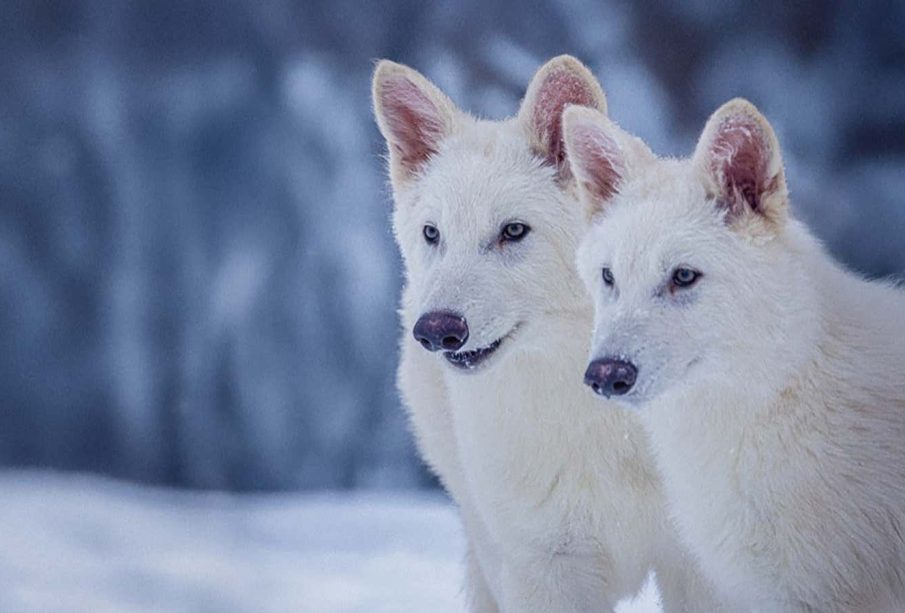Understanding the Extinction of the Dire Wolf

Introduction
The dire wolf, a species that roamed North America during the Late Pleistocene epoch, has captured the imagination of many due to its imagery in popular culture, particularly in shows like “Game of Thrones.” However, the dire wolf’s extinction represents an important aspect of study in understanding prehistoric ecosystems and the intricate web of life on Earth. The significance of this topic extends beyond mere curiosity, as it highlights the impacts of climate change and human activity on biodiversity across millennia.
Key Facts About the Dire Wolf
The dire wolf (Canis dirus) resembled the modern gray wolf but was generally larger, with robust teeth adapted for a carnivorous diet that primarily consisted of large herbivores like bison and horses. Paleontological evidence suggests that these animals thrived between 250,000 and 10,000 years ago, with fossil remains discovered in sites such as the La Brea Tar Pits in Los Angeles, California. Their remains indicate they were social pack hunters, similar to modern wolves.
Causes of Extinction
The extinction of the dire wolf approximately 10,000 years ago is attributed to a combination of factors. The end of the last Ice Age brought significant climate changes, resulting in habitat loss and alterations in prey availability. Moreover, the appearance of early human populations in North America likely intensified competition for resources, contributing further to their decline. Studies suggest that the dire wolf’s specialized diet limited its adaptability compared to other canids, making it more vulnerable during these fluctuations.
Implications for Biodiversity
The extinction of the dire wolf serves as a cautionary tale for current biodiversity losses. As ecosystems continue to face challenges from human encroachment, climate change, and habitat destruction, understanding past extinctions can provide insights into contemporary issues. The dire wolf, as a top predator, played a crucial role in maintaining the ecological balance of its environment, and its absence had cascading effects on the species and habitats that remained.
Conclusion
The extinction of the dire wolf is not just a story of a mighty predator’s demise; it is a vital piece of the puzzle in understanding the delicate balance of ecosystems. As scientists continue to explore the histories of extinct species, the lessons learned can inform conservation efforts today. Protecting existing biodiversity is crucial, for as history shows, the loss of one species can lead to unforeseen ramifications across entire ecosystems.









